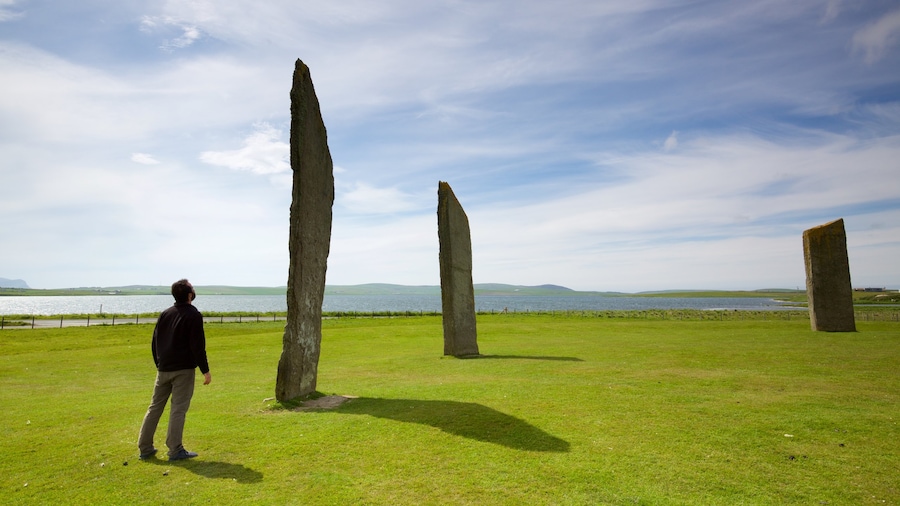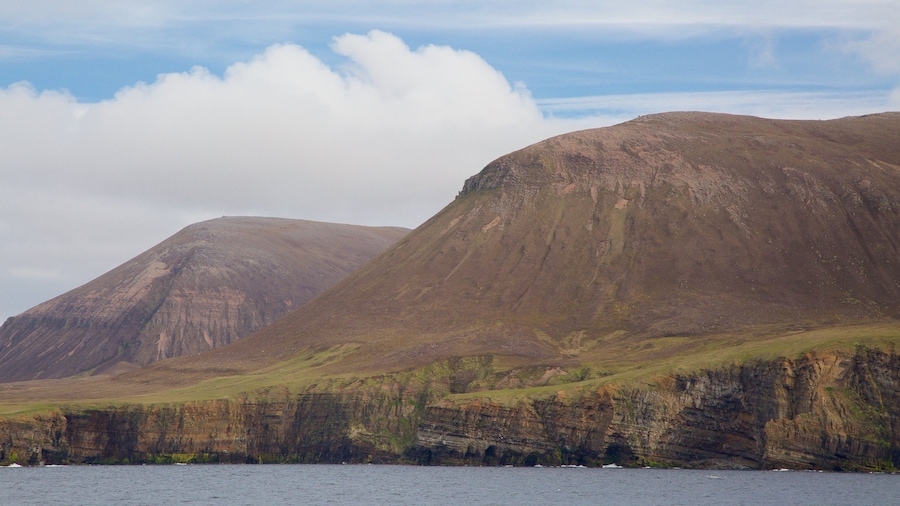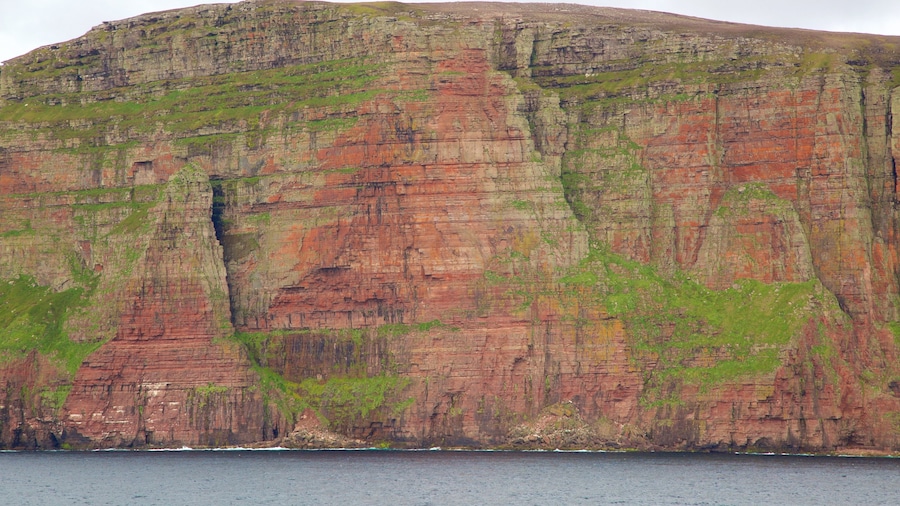링 오브 브로드가는 불가사의한 유적지이자 자연경관이 수려한 지역입니다. 이곳에는 27개의 거석이 약 104m의 지름으로 완벽하게 원�의 모양을 형성하고 있습니다. 유네스코에 등재된 이 유적지는 오크니 본토의 완만한 구릉과 고요한 호수 가운데 자리해 있습니다.
이 랜드마크와 관련된 역사 대부분은 불가사의로 남아 있습니다. 왜, 그리고 어떻게 이 거석 구조물이 세워졌는지 정확히 아는 사람은 아무도 없습니다. 역사가들은 이 유적의 역사가 기원전 2500~2000년경까지 거슬러 올라가며, 한때는 약 60개의 서로 다른 돌이 있었을 것으로 추정합니다. 이 기념물의 목적은 무엇이었을까요. 가장 그럴듯한 가설은 이곳이 선사시대 관측소였거나 토속 신앙의 종교적인 의미를 갖는 장소였으리라는 것입니다.
여름 동안에는 히스토릭 스코틀랜드의 유적지 관리인이 가이드 투어를 제공합니다. 튼튼한 부츠를 신고 이 투어를 따라가 보세요. 링 오브 브로드가를 둘러본 후 스테니스의 돌까지 탐험하고 자연 보호구의 야생동물도 관찰해 보세요. 이 환상 열석군 주변의 보호 구역에는 수달, 야생 조류, 종달새와 토끼가 서식합니다.
링 오브 브로드가 옆에는 여러 개의 봉분이 자리해 있습니다. 스테니스 협만으로 가면 19세기 중반에 발굴된 보다 대규모의 두 유적지인 프레시 크노웨와 플럼케이크 크노웨를 방문하실 수 있습니다.
시골 풍경을 배경으로 자리한 거석들을 극적인 사진으로 남겨보세요. 환상 열석군은 해레이 협만과 스테니스 협만을 구분 짓는 좁은 대지에 자리해 있으며 야생화로 뒤덮인 황야 지역으로 둘러싸여 있습니다. 현지 주민들의 추천에 따라 풍경이 가장 아름다운 일몰이나 일출 시 이 고대 유적지를 방문하시는 것이 좋습니다.
이 거석 기념물과 인근에 자리한 스테니스의 돌, 매스 호웨 돌방무덤과 스카라 브레 선사시대 마을이 유��네스코 유산으로 지정된 오크니 제도의 신석기 유적을 형성합니다. 모든 명소를 방문하면 섬의 고대 역사를 보다 전체적으로 이해하실 수 있습니다.
링 오브 브로드가는 스트롬니스에서 차로 약 10분 거리에 있으며 유적지 내에 주차장이 마련되어 있습니다. 6월, 7월, 8월에는 매일 이른 오후 시간에 가이드 투어가 제공됩니다.

















